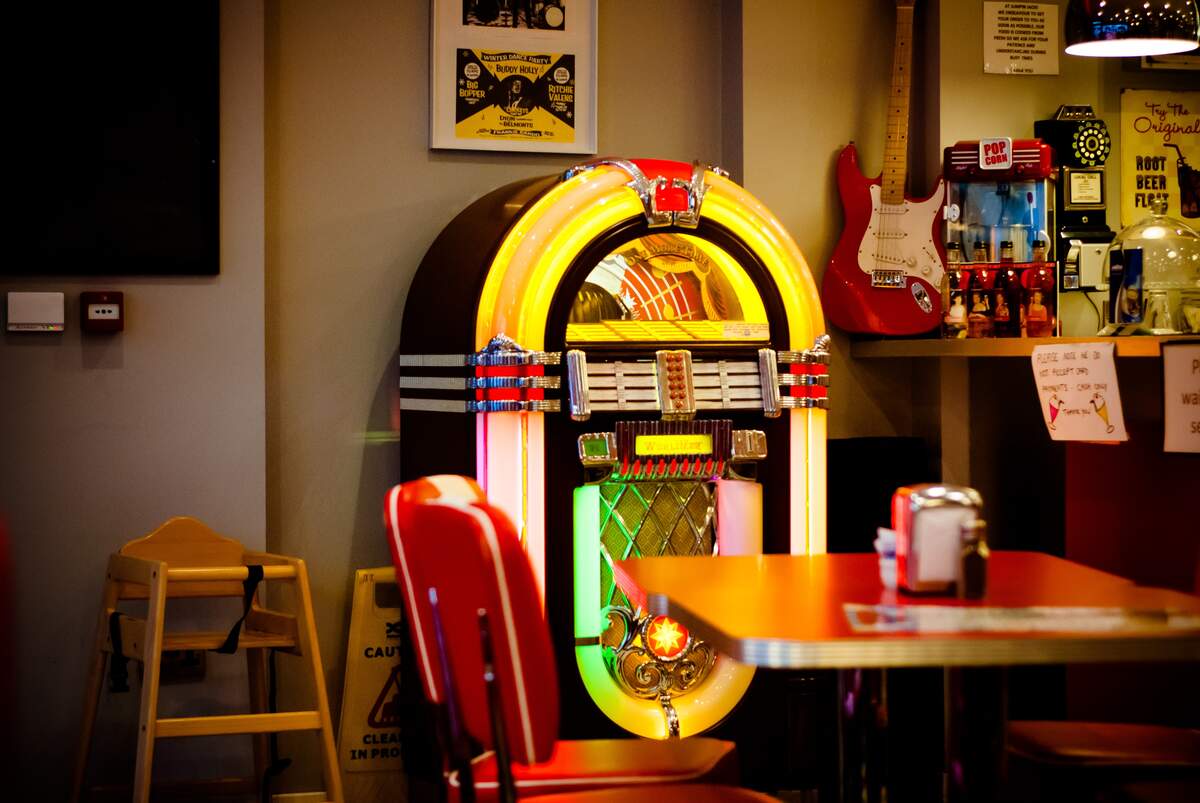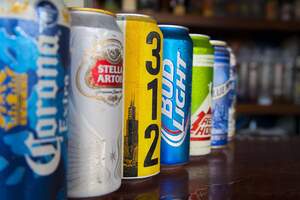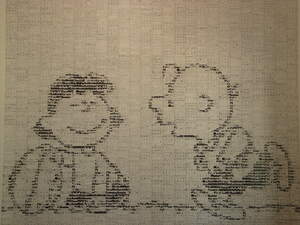

National Jukebox Day
"Drop the coin right into the slot/You gotta hear something that's really hot," sang Chuck Berry in his 1957 classic, "School Days." Teenage frustration melts away as the music plays and builds to its anthemic declaration, "Hail, hail rock 'n' roll/Deliver me from the days of old." Rock 'n' roll may have done the delivering, but it was by way of the jukebox. Developed during the first part of the twentieth century, and originally known as "automatic phonographs," jukeboxes came into their own in the mid-1930s. With the repeal of Prohibition in 1933, jukeboxes found new homes in taverns and continued to rise in popularity despite the lingering Great Depression. Four brands dominated the market: Wurlitzer, Seeburg, Rock-Ola, and AMI.
World War II put a pause on jukeboxes, but with the return to normalcy following the war, they came back stronger and flashier than ever. In 1946, Wurlitzer introduced the 1015, known as "the bubbler," consisting of a cornucopia of colors and bubbling liquid tubes. Seeburg released the M100A Select-O-Matic in 1949, the first jukebox that could play 100 selections. The following year, Seeburg's M100B became the first jukebox to use 45 RPM records—up until that time, 78 RPM records had lined jukeboxes.
In the 1950s, jukeboxes continued to dominate. Not only were they played in taverns, but with the emergence of rock 'n' roll, they were plugged by teenagers in diners and soda fountains. Jukeboxes waned in the 1960s because of numerous factors, such as the rise in opportunities to see live music and listen to DJs at clubs, the proliferation of transistor radios, and the continued popularity of television. Still, jukeboxes hung on, even if they didn't retain the cultural clout they once had. In the late 1980s, they shifted their format to compact discs, which became the norm in the 1990s and into the 2000s. Today, most times when you see a jukebox, which is usually in a bar, it is an internet jukebox. These modern jukeboxes can bring a catalog of the world's music with just the touch of a finger. With mobile apps, people can choose songs from their phones without even getting off their barstools.
National Jukebox Day, founded by TouchTunes, recognizes the important role jukeboxes have played throughout history. It takes place on the day before Thanksgiving, on a day when a lot of people gather at bars in their hometowns. Playlists and contests have been created by TouchTunes for the day. Coincidentally, the first observance took place on November 23rd, the anniversary of the date the first jukebox was installed, in San Francisco's Palais Royal Saloon Bar in 1889.
How to Observe National Jukebox Day
Download the TouchTunes app to find internet jukeboxes near you. Post about the day on social media with the hashtag #NationalJukeboxDay. You could accompany it with a picture of yourself standing next to a jukebox. While you're there, make sure to play some of your favorite songs! Check out the day's official website for information about this year's observance, such as to see if TouchTunes organized a contest or created a special playlist. Follow TouchTunes on Facebook, Twitter, and Instagram. You could also check out some photos of old jukeboxes that play records and CDs! If you can find one of them to play, you are in for a real treat!





















